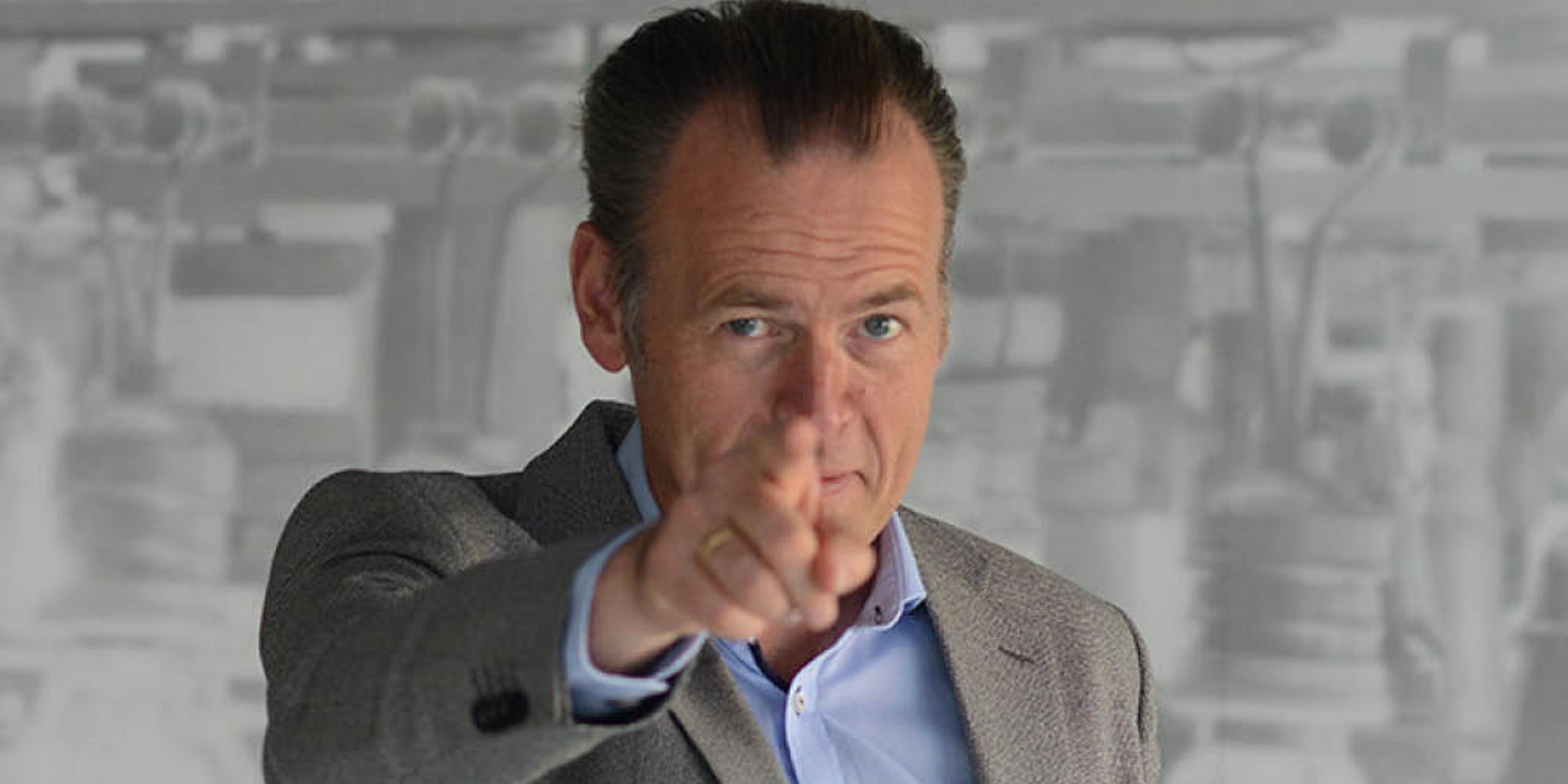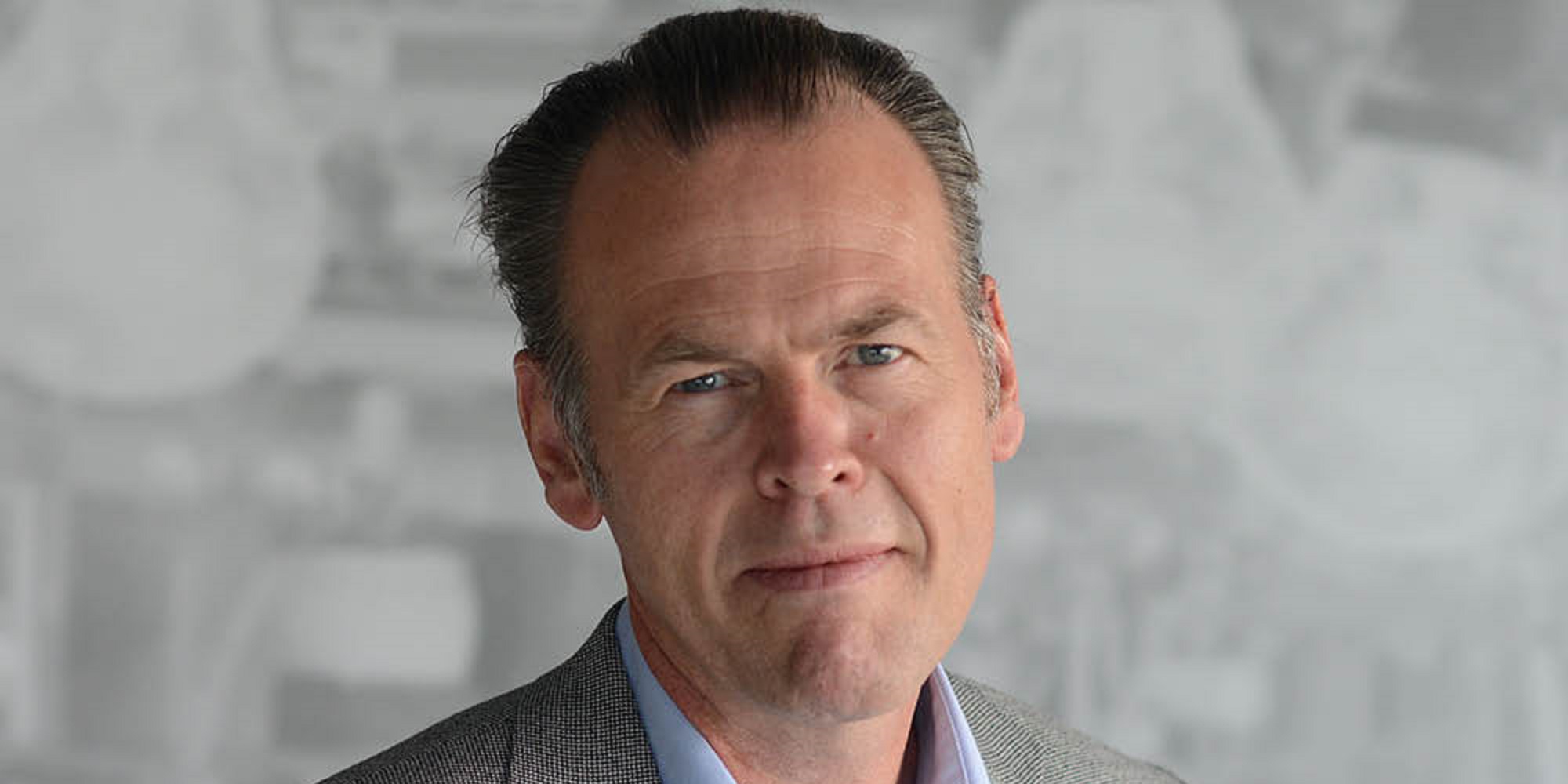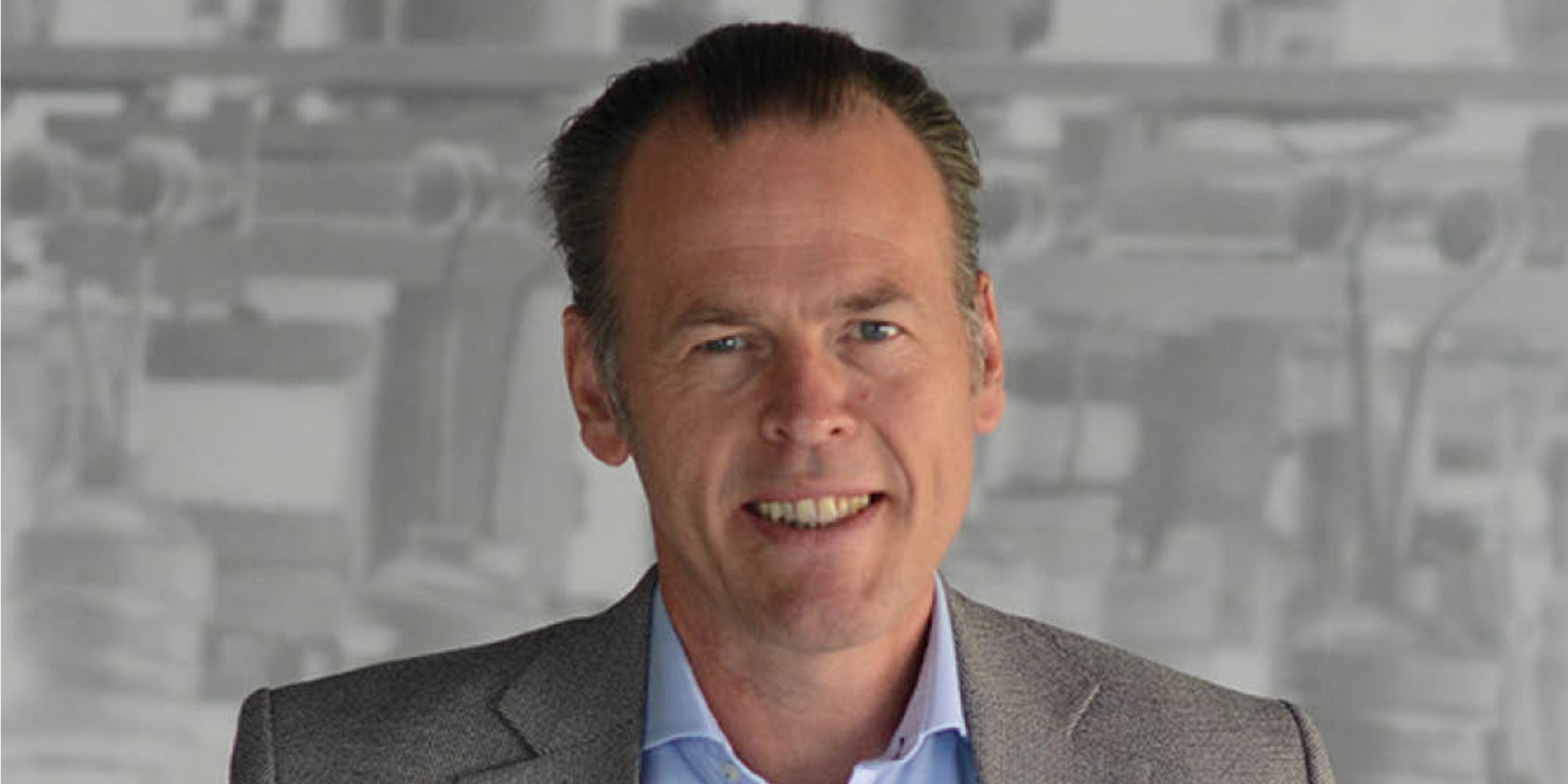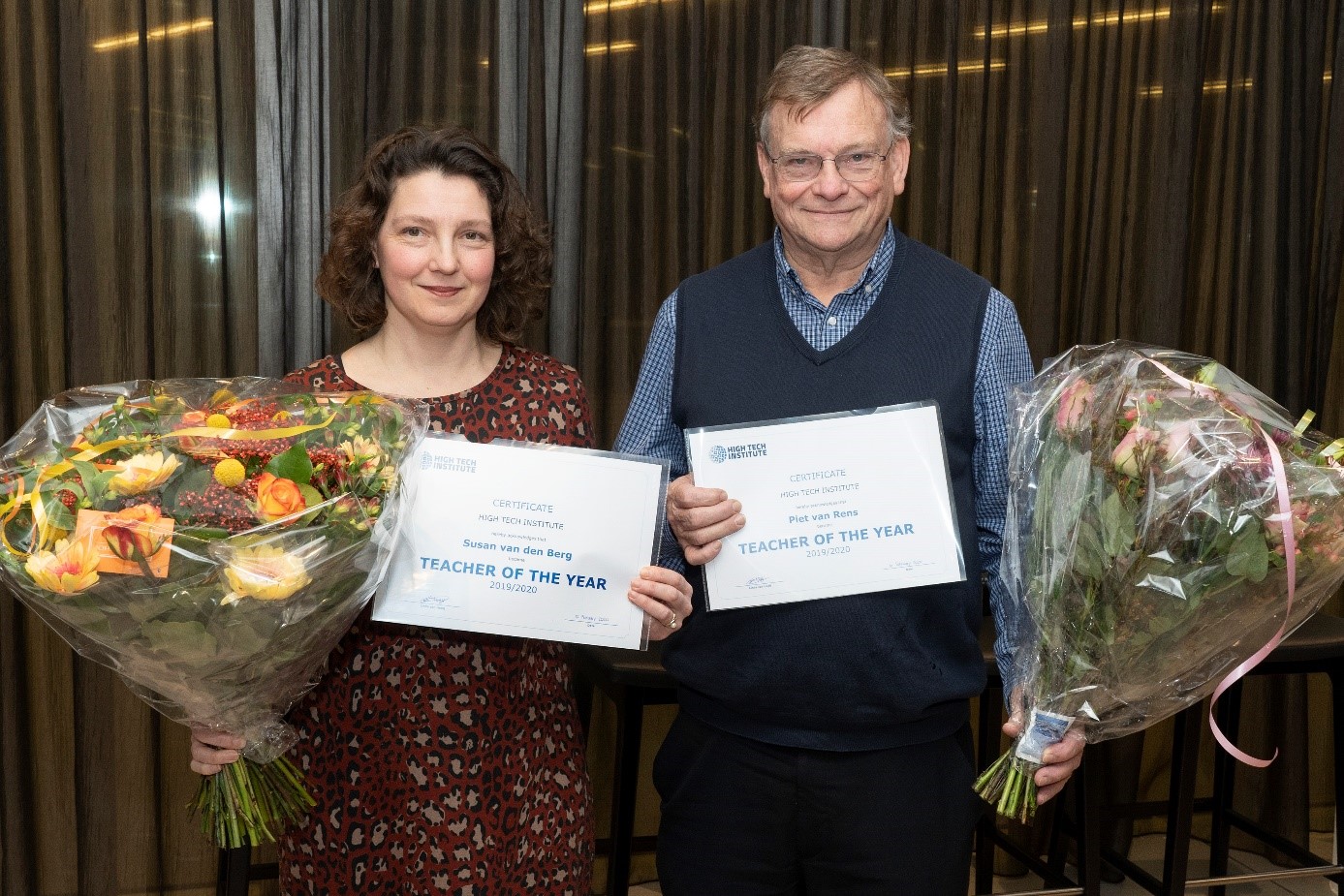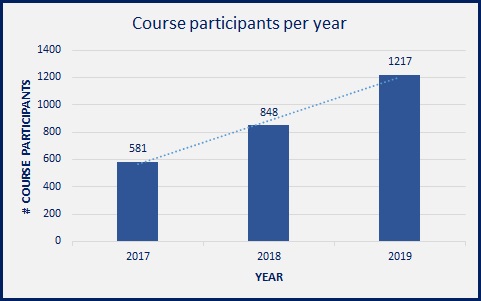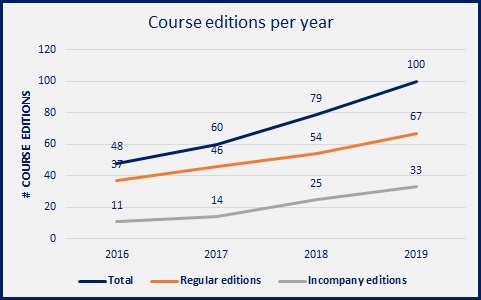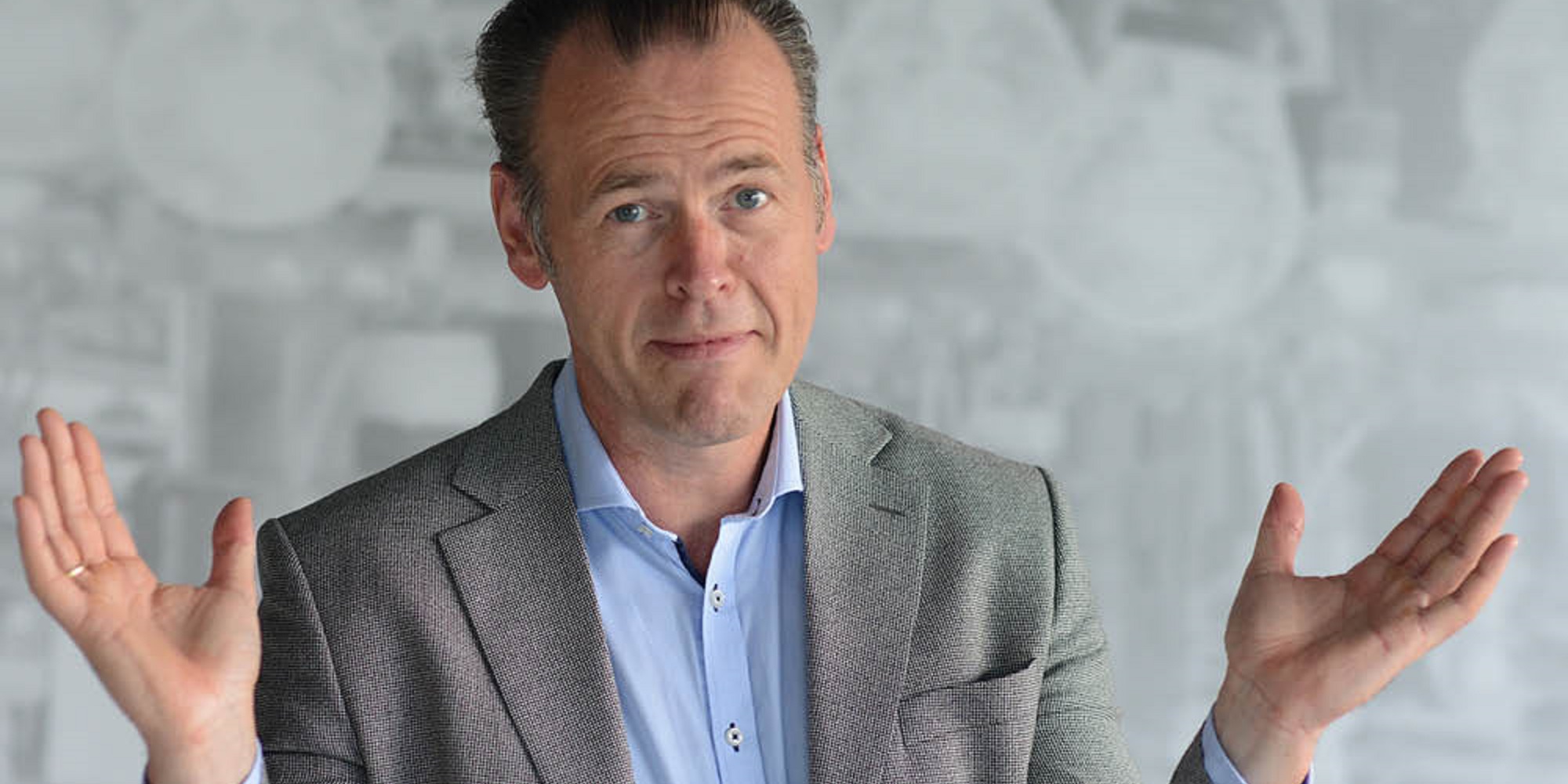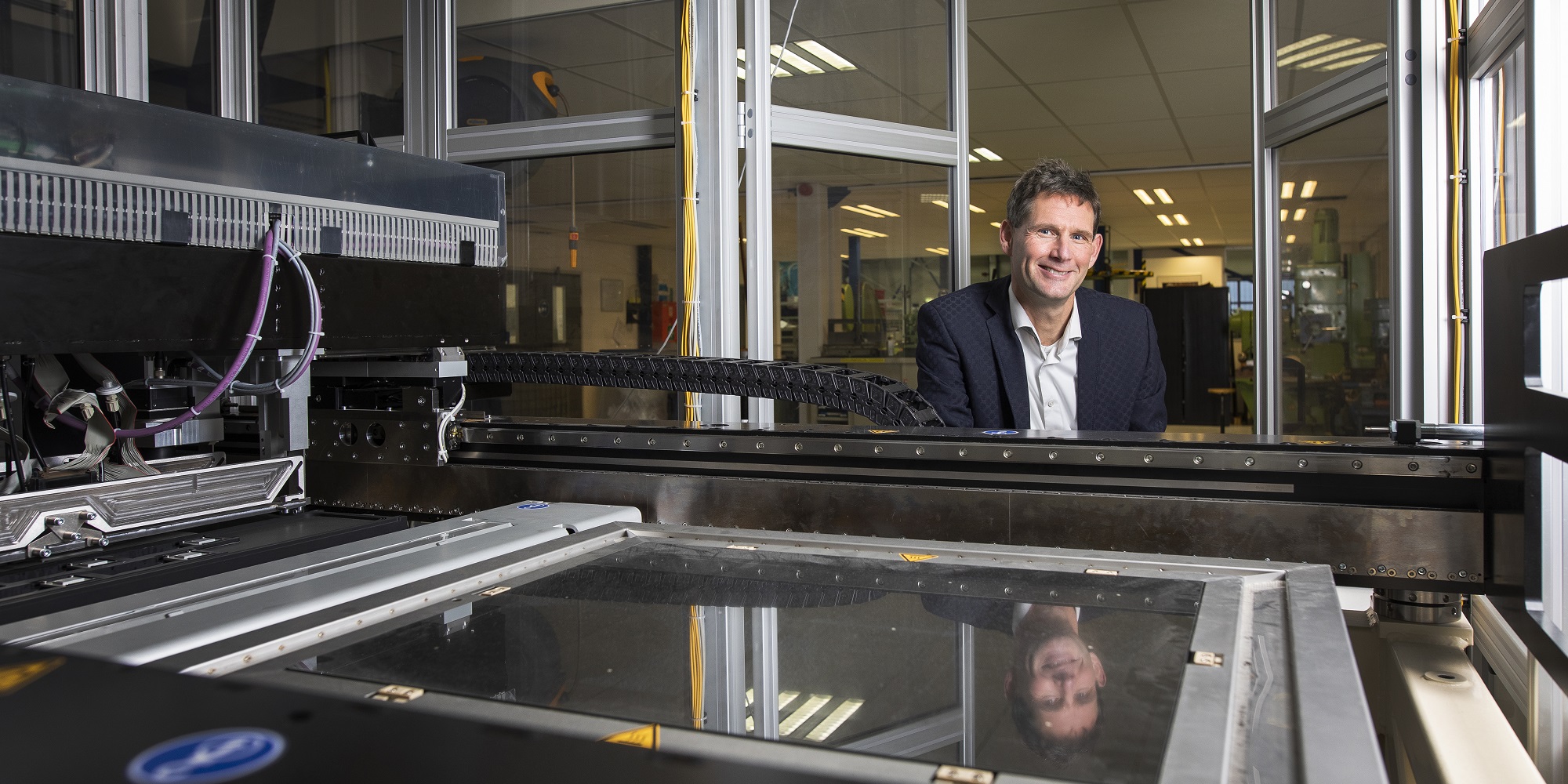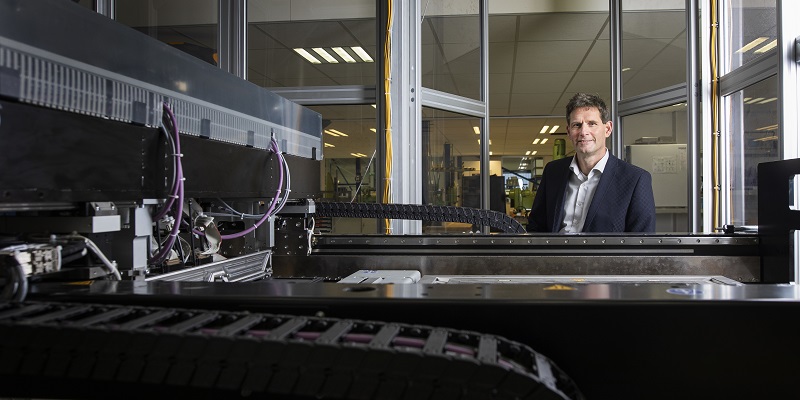This week, for the umpteenth time, I met a team in the process of putting a new product in the market, telling me that they were so customer centric. What they meant was that during development, they’d talked to a number of potential customers and some of the employees had used prototypes. For those that read my articles on a regular basis, it will come as no surprise that I disagree with this view. There are at least three aspects that I think are critical to be truly customer centric: choose your customer, measure before you build and focus on behavior, not words.
First, there’s a fundamental difference between making customers happy and making happy customers. Many product teams with which I’ve interacted have vague and conflicting notions of who their target customer is. That makes it very likely that within the team, efforts are focused on different aspects of the product and that feedback from any individual viewed as a potential customer is immediately incorporated as the absolute truth.
To be customer centric, the first step has to be to define who you want your customer to be. Products that try to be everything to everyone will fail. The challenge of defining the customer is that you need to say no to categories of customers and it feels like you’re limiting the market of your product. In addition, team members often have different opinions and engaging in constructive conflict is extremely difficult in many corporate cultures. However, if you don’t know for whom you’re building the product, you can’t be successful.
Second, investment decisions in R&D are almost always based on opinions and qualitative feedback from a very small customer sample that almost certainly isn’t representative of the actual customer base. The mechanism to avoid this is to measure customer response – “signal” – before you even invest a single dime into building anything. Of course, the lean startup movement and Steve Blank’s books have been advocating this for decades, but in industry, this is still far from adopted.
The general feedback that I receive in response to the suggestion to test product concepts and potential features with customers is threefold. First, we don’t want to expose our customers to bad, immature, unfinished products as it will hurt our brand and our customers’ perception of us as a company. Second, what we’re doing is unique and we need to keep it a secret as long as possible so that our competitors don’t get wind of our plans. Third, marketing likes to surprise the market with a bombarding of messaging and if we go out early for testing purposes, everyone knows what’s coming and marketing can’t do its job.
'There’s no correlation between system age and the level of technical debt'
All of these reasons are orders of magnitude less relevant than putting a product in the market that nobody wants and, with that, wasting all your R&D resources. Every investment in R&D, whether it’s new features in existing products or entirely new products, needs to be driven by a clear signal from the market.
Third, product teams put way too much stock into what customers say. Both in B2C and B2B contexts, most new products introduced to the market fail. In the fast moving customer goods (FMCG) space, the failure rate is, according to some studies, above 85 percent. This is despite the fact that every one of these products had extremely positive feedback from potential customers. Decisions in product teams should, to the largest extent possible, be based on measuring what customers do, rather than on what they say. For all kinds of reasons, customers will be much more positive in their verbal responses than in their actual behavior.
Developing new products is hard as you’re dealing with lots of uncertainty, internal stress and negative feedback from the rest of the organization. This can easily lead to the product team ending up in an X-Files style “I want to believe” situation where any feedback not supporting the current direction is filtered out. To be successful, however, you need to maintain the positive drive in the team while being crystal clear on who your customer is, be data driven in your decision-making and focus on customer behavior. Be customer centric, but do it for real!
